
“In 2020, a No-Cloud policy will be as rare as a No-Internet policy today” - Gartner
As a part of digital transformation, clouds offer a lot of business-enabling benefits and opportunities. Increased time to market due to shortened development cycles, ability to scale at demand, dramatically increased assets utilization, reduced operational expenses and easier handling for IT staff are only some of the benefits.
Cloud paves the way to the new service-driven business models, which allow for the creation of high business value and a new level of customer satisfaction while reducing cost at the same time, all by leveraging software and data in a programmed, automated manner. Infrastructure has become an enabling service, rather than an expensive asset. Cloud has, therefore, become a key determinant of IT and business strategy.
Crisp Research found that over 60% of companies are planning to profoundly intensify the usage of cloud solutions. However, complex business landscapes and fast-changing infrastructure, which includes legacy as well as modern state-of-the-art systems, may become a serious obstacle in your way. The purpose of this blog series is to propose clear steps on how Enterprise Architecture can drive cloud transformations in Corporate IT. 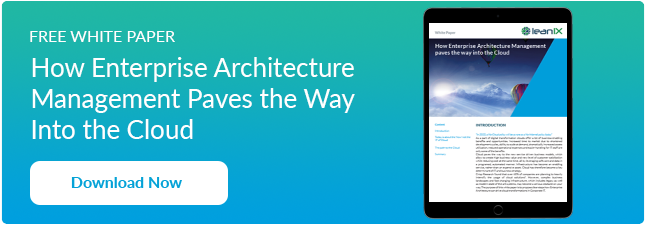
TODAY IS ABOUT THE ‘HOW’ NOT THE ‘IF’ OF CLOUD
Gartner analysts believe that by 2020 a “no-cloud” policy will be just as rare as a “no-internet” policy is today. Instead, they predict that the hybrid cloud (a mixture of internal and external cloud services) will be the most used solution. And according to a survey by the cloud platform provider RightScale, this solution is already preferred by most companies today.
If we talk about cloud transformation in this white paper, we refer to the process of migrating a company’s IT infrastructure to an internet-based infrastructure that provides shared computing resources on-demand, allowing access and use from anywhere, on any device. Previously, big companies such as Google, Microsoft, and Apple started to provide the so-called public clouds to offer their customers different services such as mailing or data storage and others. However, the demand for private clouds rose amongst the business sector due to the need to be able to launch their own services and provide secure access to their employees. The mixture of public and private cloud use is known as hybrid clouds.
Companies often tend to resist critical transformations, since dramatic investments in legacy systems have been made early. While trying to keep these systems in use and save money by reusing them, such an approach may undermine the overall agility and flexibility that companies want to achieve. Also, no one can deny that the way to the cloud is tough, especially for large organizations. To successfully move to the cloud, enormous organizational, operational, and technical modifications are required. Many influencing constraints occur along the way, such as budget limits, the need for exponential scale, growing complexity in company policies and external regulations.
In the next section, we propose concrete steps and principles for cloud transformations.
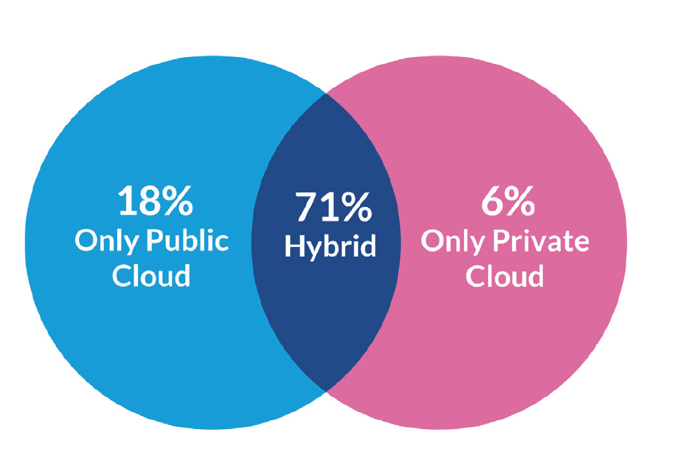
Figure 1: “Different types of cloud adopted by business.”
The path to the cloud
Analyzing the cloud transformation experience of our clients, we have distilled a process with four main stages. Three steps are executed in a sequential manner, which is complemented by ongoing measurement and improvement.
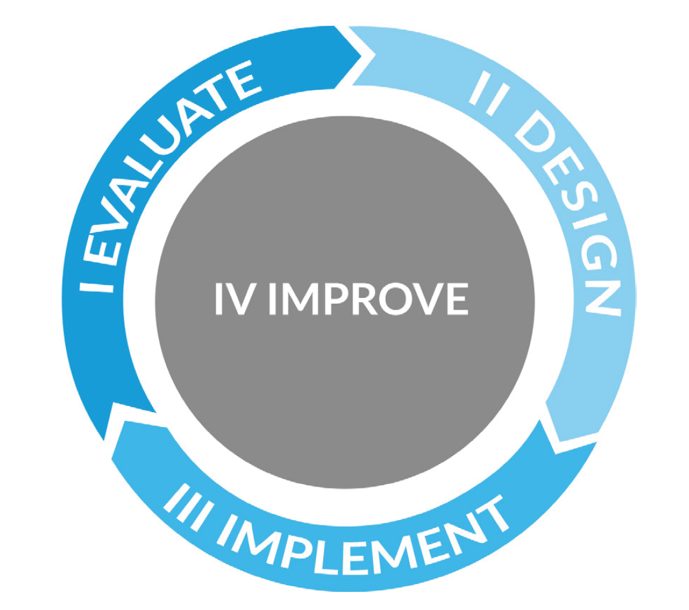
Figure 2: “Cloud transformation steps.”
Evaluate cloud readiness
Cloud transformation is not only about the use of new platforms and technologies, but rather about the transformation of the whole business model, a new way of working.
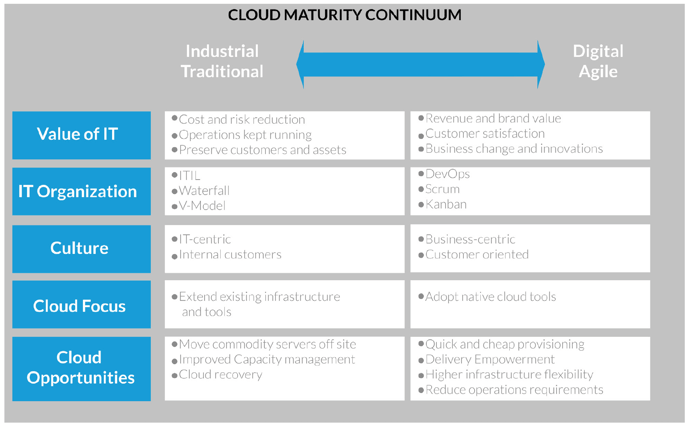
Figure 3: “Cloud maturity continuum. Based on Gartner 2016: How to achieve enterprise agility.”
Depending on the current company’s position on a cloud maturity continuum, corporations have different starting points when it comes to cloud transformations. They have a different culture and way of working. Therefore, also the cloud focus opportunities are different. Cloud beginners might first focus to extend existing infrastructure, more agile companies will have already maxed out these opportunities and look to move more and more to native cloud tools.
After the starting point on the cloud, the continuum is determined, it is time to understand the current company’s cloud usage “as is” state. Some transformational milestones should be identified:
Stage 1:
An enterprise architecture managed practice is established, as well as operations, information, and a technology portfolio. Mostly on-premise IT. Software-hardware abstraction may be established and prepared for partial cloud transformation.
Stage 2:
Third-party platforms are introduced to outsource some services. DevOps and lifecycle management for cloud platform in use. 
Stage 3:
Enterprise architecture, service integration, and management have capabilities to adequately manage third party as well as internal capabilities and services faced on different markets. In all forms of the cloud: private, public, and hybrid clouds.
DESIGN THE TARGET CLOUD ARCHITECTURE
For a successful cloud transformation, a wide variety of factors need to be considered: current and future capabilities, the application portfolio strategy, operational and organizational questions related to people and processes, and costs metrics.
Target capabilities
As in any process of change, well-grained target capabilities must be defined and ensured that they efficiently align people, processes, and technology to bring the organization to the desired level of maturity. Cloud promotes extensive usage of “as service” capabilities and supports business across functional silos by eliminating and reducing software and hardware complexity, i.e., simplifying the whole IT infrastructure.
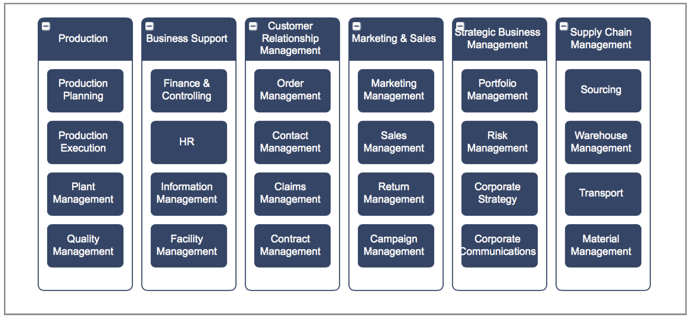
Figure 4: “Example of a two-level business capability model of a multinational production company.”
Cooperation between a wide circle of stakeholders is crucial and may take time to agree. Some formal processes should be established to support decision-making processes regarding whether to buy public cloud services or invest in private/hybrid one. Companies may define their “as service” business capability model in three steps: understand business needs, define and assess current and target capabilities, create links from the capabilities to responsible user groups, supporting processes and cloud applications.
The resulting capability model can be used to align IT investments with strategy, draw technology risk maps and consolidate IT applications. Best practices show that business capability models of companies with a lean philosophy have around 10 top-level capabilities and two levels of depth.
![How Enterprise Architecture Management Paves the Way Into the Cloud [White Paper]:Evaluate Cloud Readiness, design the target Cloud architecture, implement the Cloud transformation and learn how to govern and improve everything once it is in place with a lean enterprise architecture tool. »](https://no-cache.hubspot.com/cta/default/2570476/c55901fa-d59d-417e-b4ac-641e2ce8d881.png)
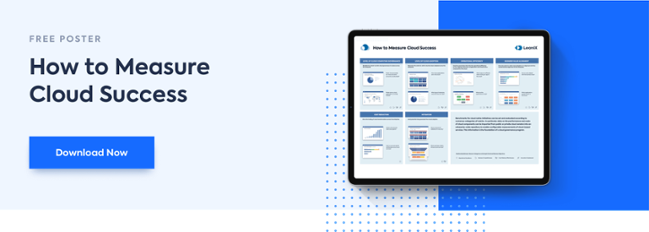
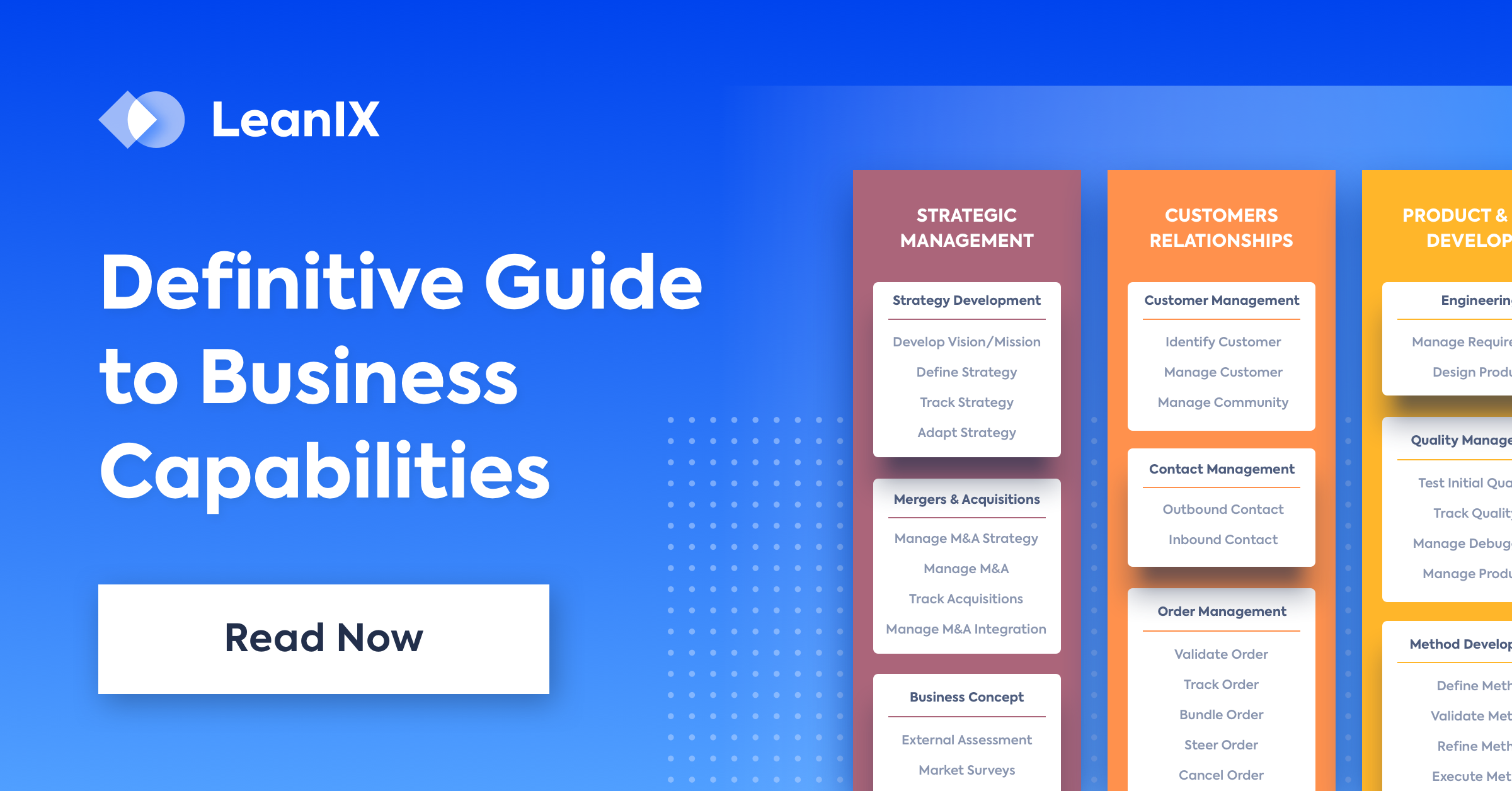

/EN/Reports/Thumbnail-Obsolescence-Gartner.png?width=140&height=100&name=Thumbnail-Obsolescence-Gartner.png)
/EN/White-Paper/EN-IDC-Inforbrief-Application-Rationalization-Portfolio-Management-Thumbnail_v2.png?width=140&height=99&name=EN-IDC-Inforbrief-Application-Rationalization-Portfolio-Management-Thumbnail_v2.png)
